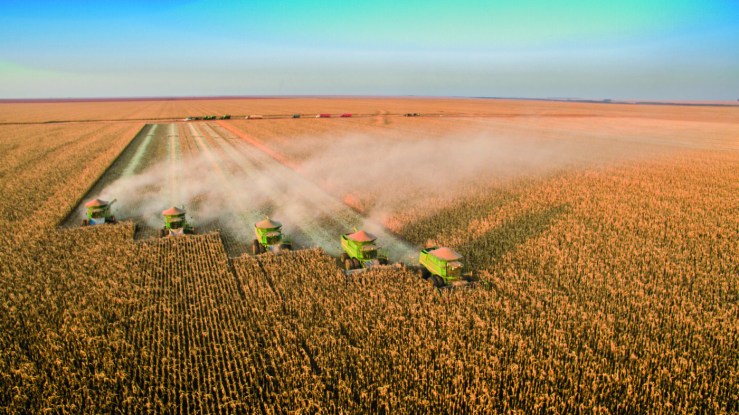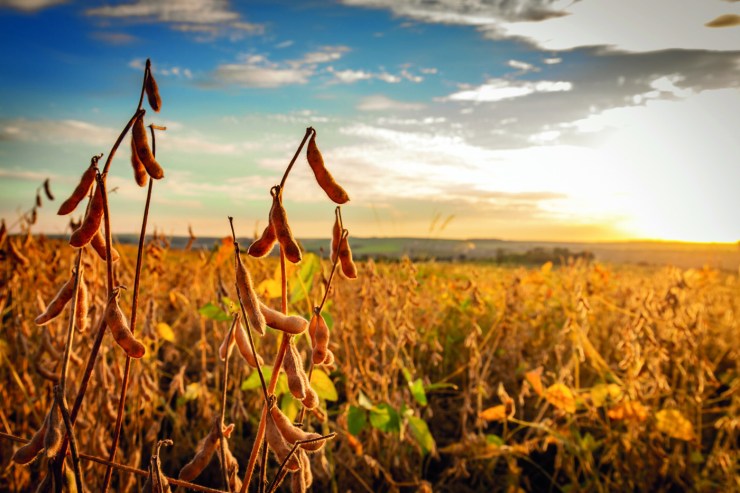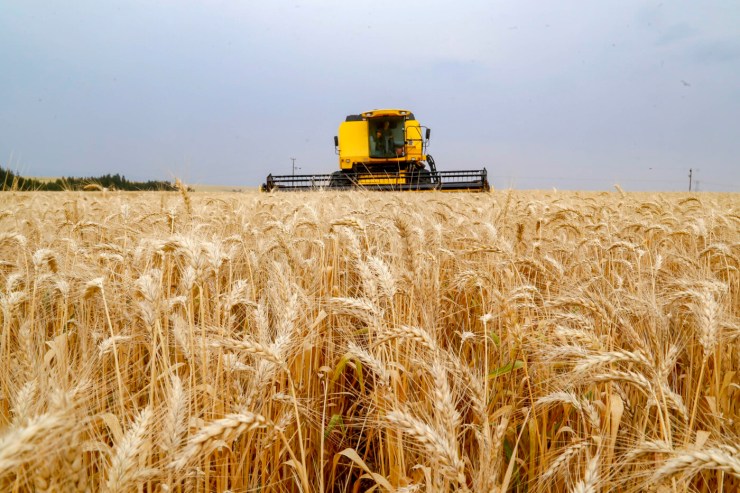Wheat planting for the 2025/26 harvest in Brazil has already been completed, and the agricultural sector is now closely monitoring the weather, which will be crucial for consolidating productivity. Frosts remain the main concern, potentially directly impacting plant development.
In Rio Grande do Sul, crop progress in July offset previous delays caused by rain in June, with crops showing good development so far. In Paraná, frosts recorded at the end of June reduced productivity in the north of the state. According to Conab, the planted area in Paraná closed at 2.5 million hectares, 17% smaller than the previous harvest. Expected production is 7.8 million tons, virtually unchanged compared to 2024/25, supported by a forecast 19% increase in productivity.

Photo: Jaelson Lucas
Input costs remain a challenge. The exchange rate for urea between June and July was above the five-year average, and producers who didn't purchase fertilizers in advance faced application limitations. Despite this, weather conditions have so far favored crop growth, and the months of August and September will be crucial for ensuring good yields.
In Argentina, wheat planting has also been completed, with 96% of areas in normal to excellent condition as of July 30th. The country is expected to maintain supply to Brazil, which continues to rely on imports for domestic supply. As a result, prices are expected to remain competitive, putting pressure on import parity and domestic wheat prices.





